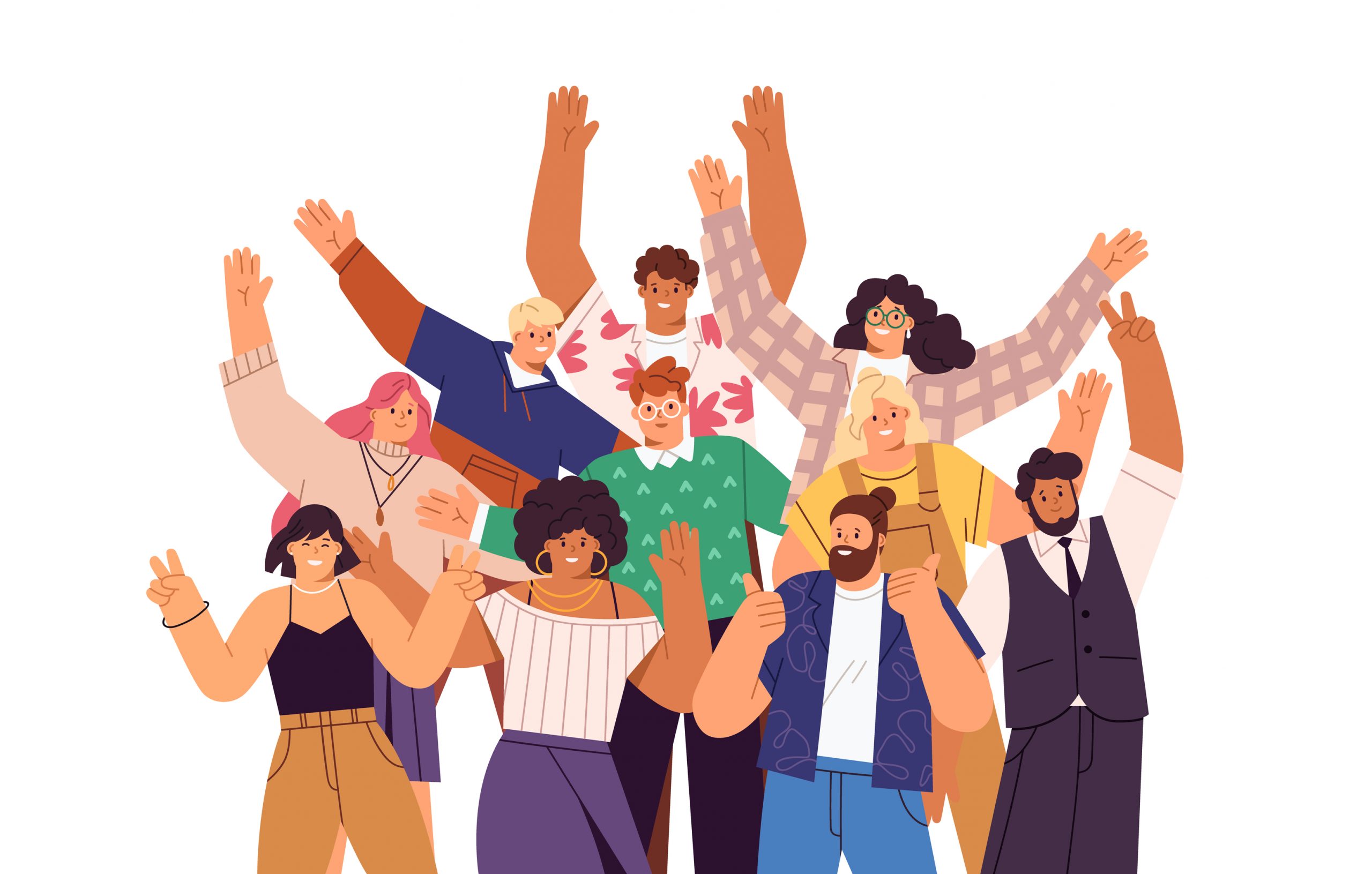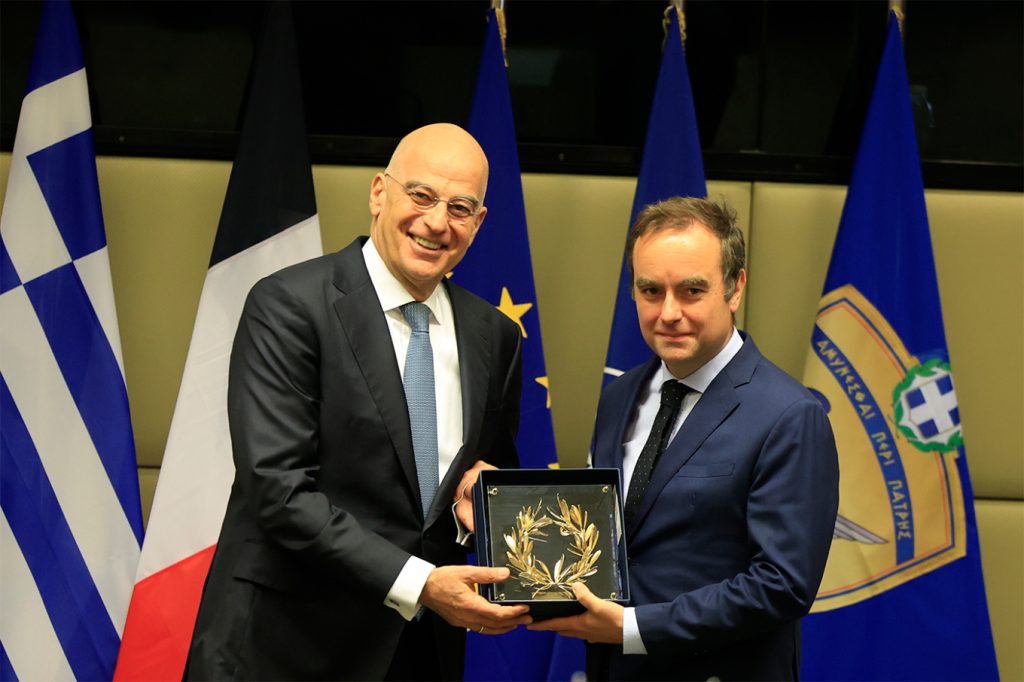Feel like you don’t spend enough time with your friends? You’re not alone.
Too often, busy schedules prevent us from having long, meaningful phone chats or meandering, split-the-bottle dinner conversations. Instead, we shoot each other quick how-are-you texts, forward articles or memes , and promise that we’ll find time to talk later.
These short bursts of communication can feel totally unsatisfying. And they don’t really help us bond because we’re not connecting emotionally.
Yet our friendships can benefit from quick exchanges —call them friendship snacks—if we do them right, relationship experts say.
Bite-size communications should be nutritious, not filled with empty calories. The key is to make an emotional connection.
Try speaking rather than texting — a voice memo or five-minute phone chat is warmer and more personal. Bonus points if you share a funny memory or inside joke. Humor helps people bond.
“A healthy friendship snack is nourishing,” says Natalie Pennington , an assistant professor of communication studies at Colorado State University in Fort Collins, Colo., who studies how we connect with our friends. “It’s fruit and veggies, not potato chips.”
It’s important for friends to spend time together, of course. It takes 200 hours together for two people to move from acquaintances to close friends, research shows.
But a friendship needs steady upkeep, as well. Soon-to-be published research from Pennington and others shows that the routine tech-driven check-ins between meetups—the texts, emails and calls—keep friendships from declining. Psychologists call this “mundane maintenance.”
Plus, our friends like hearing from us more than we realize, research shows. And the greater the surprise, the greater the appreciation they feel.
I asked readers to share some of their friendship snacks and heard about dog lovers exchanging pictures of their beloved pooches and music-loving friends sharing audio clips harking back to their adolescence. (Springsteen, the Bee Gees and Twisted Sister all received mentions.)
One woman told me that she and a friend exchange a list of three things they’re grateful for each morning. A man said he recently sent photos he took of cherry blossoms in bloom in Washington to remind friends spring was on the way. Several people mentioned texting their friends whenever they came to mind, just to say hi.
Michele Buc , a communication professor in Nashville, Tenn., says she’s found that different friends prefer different types of friendship snacks. She swaps funny dog-walking videos with her animal-loving friend and March Madness updates with her sports-fanatic friends. With another pal, who doesn’t have access to her phone at work, she exchanges a series of ongoing emails with the whole message in the subject line, so it can be read quickly.
“Now when we see each other in person, there is no need to catch up,” Buc says. “We just pick right up and continue.”
There are some ground rules for friendship snacking, and experts recommend talking about it first. Aim for regular short connections, and agree that you’ll each respond when you can.
Several other strategies stood out.
Make it personal
We bond when we share something of ourselves. Sending random funny videos or something you could easily send to 10 other people doesn’t count. (And might just annoy your friend.) Instead, mention something that just happened. Ask about his or her day. Share a picture you took that will mean something to your friend.
“You don’t have to talk to someone for an hour to have an impact,” says Michelle Drouin , a professor of psychology at Purdue University Fort Wayne. “Five minutes is enough time to catch up with someone and say: ‘I care about you.’ ”
Pick up the phone
A phone call from a friend boosts our connection and well-being more than texting, email, social media or video calls, research shows. “Hearing a friend’s voice is good for us,” Pennington says.
You can exchange more information in a phone call than you can while texting for the same amount of time. You can hear the mood and nuances in your friend’s voice. And you’re usually less distracted.
Tell your friend up front that you have just a few minutes to chat. It’s always helpful to manage expectations.
Voice memos work, too
These recordings, which are sent through a messaging platform, let your friend hear your voice. They also have the benefit of being asynchronous.
Be considerate; don’t ramble on. “A voice memo should not be a monologue,” says Nina Badzin , who hosts a podcast on friendship. She recommends picking a point to convey and keeping the message under a minute.
And agree that you and your friend do not need to respond to each other’s memos immediately but you do need to respond. “Over time, this adds up to a real conversation,” Badzin says.
Be funny
Laughter brings people closer. It reduces anxiety and defuses tension and stress. It also helps people to open up and disclose more about themselves, research shows.
“When you make a friend laugh, you’re giving them a gift,” says Jennifer Aaker , a behavioral scientist at Stanford University, who co-teaches a class on humor. She recommends you share a funny memory to get the greatest boost. “The idea is to tap in to what brings you both joy,” she says.
Memes are fine, sometimes
They’re a super-quick, low-effort way to communicate. And research shows that we feel more connected to our friends when they send us a meme they think we will enjoy because it makes us feel that they “get us.”
When you do share memes or videos, send something that speaks directly to your friendship, hitting on a common interest or memory.
“It’s like receiving a postcard in the mail—it’s brief and seemingly superficial, but it was meant for you from someone who thought of you,” says Jess Dominguez , an assistant professor of communication at the University of Kentucky.
“And it feels nice to know our friends are thinking of us.”
Write to Elizabeth Bernstein at Elizabeth.Bernstein@wsj.com



